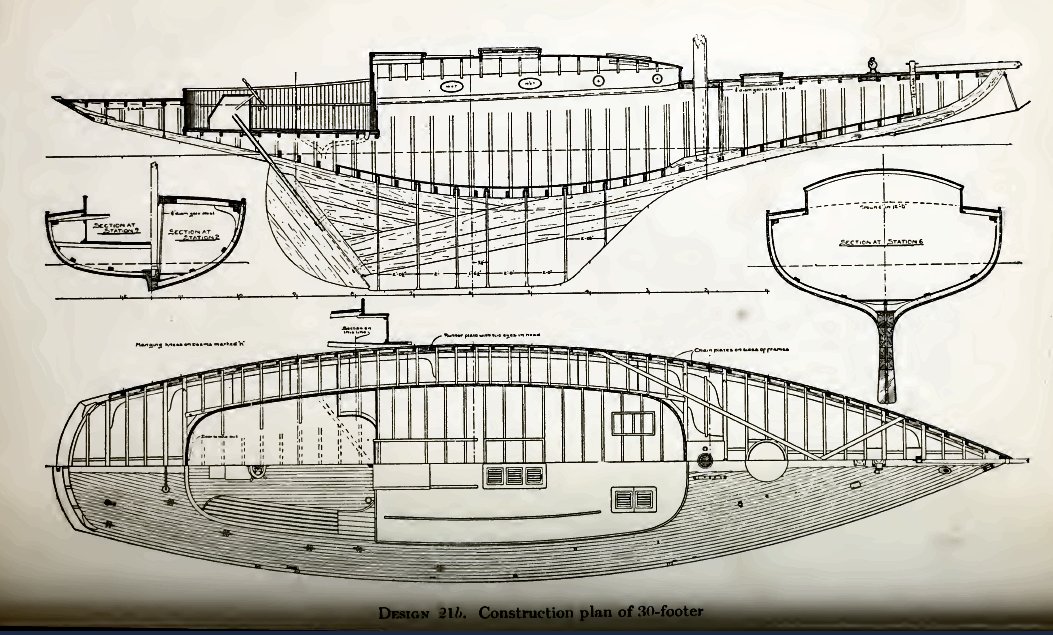|
 |
Dan Dalrymple's website
Fun, light and
G-rated pages from Dan's family tree, sailing the Great lakes in old Cal Yachts,
burning Ohio firewood, herbal cures, my humble
opinions on several '70s Great Lakes sailboats, and muzzle loading
ballistic charts .
|
|
Click on any of the yellow buttons below to view
more of our site's pages.

Our home page.

One of my favorite sailboats. I've owned a Cal 2-27 for over 20
years. I've owned larger, newer boats but the cal 27 remains my
favorite sailboats for the Great Lakes especially Lake Erie.

My humble opinion on several older sailboats that were popular on the
Great Lakes during the '70s

Interesting information on burning firewood as a home heating aid.

We've backed up our home's heating furnace with a firewood woodstove for
over 40 years.

Our ancestors used many different items to cure their ills. Hundreds of
these items, or herbs, as people called them were developed into the
medicines that we use today. Note: For information only. We do not sell or promote herbs here.

Muzzle loading ballistic tables from my son and my experiences with Ohio
muzzle loading deer hunting.

This web page contains a complete Dalrymple family line from Andrew
Dalrymple, born in Scotland about 1682, all the way down to my grandson,
Brian.
Click on any of the yellow buttons
above to view
more of our site's pages.
|
|
My comments on Carl Alberg's designs.. Actually there were many designers with this style of hull in the
40s and 50s. These designers included Alvin Mason, Edward Brewer, A. E. Luders, Norman Owens and many more. Remember, wood was the primary boat building material. Wood cannot be bent and formed as easily as fiberglass and steel. The building advantages of production fiberglass hulls would not be realized for several years.
Wooden hulls were used to make the first fiberglass hull molds for Pearson Yachts. The non-rotting, easily maintained fiberglass was what the people wanted, not radical design changes.

Pictured above is a typical 30 foot design of the 1940s era. The first production fiberglass hulls were patterned from wooden hulls.
The America's Cup boats of this era were the same basic design with long
overhangs, slack bilges and forward raked attached keels. Pleasure yacht
designs, like today, were largely patterned after our racing yachts.
I've said many times, every sailboat design is a compromise. Here are my comments about Alberg's designs. The narrow beam and slack turn at the bilges created an easily driven boat but these two features also caused the boat to be tender and have limited cabin space. The long overhangs make a pretty hull and give an easy ride in a chop.
These long overhangs also add waterline length as the boat heels.
My biggest problem with this design is the angle of the rudderpost. The rudderpost is raked
forward at a high angle. This allows the tiller to be placed further aft of the
cockpit, however, when the rudder is turned it becomes a diving fin, trying to force the stern down. This creates a brake as well as a rudder. I prefer a near vertical rudderpost and a harder turn at the bilges. Hindsight is easier than foresight so it's easy for me to sit here and criticize Alberg's 30 year old designs. He was a great designer and many of his ideas are still being used by yacht designers of today. Alberg designs have sailed every ocean in the world.
Carl Alberg became the #1 designer in the 1960's due to the adaptation of his designs to fiberglass. He designed sailboats for many different companies and also did custom designing. The Pearson Triton, designed by Alberg, was the first production fiberglass sailboat in the world. Building these fiberglass hulls pulled Pearson Yachts from a major boatbuilding slump and made them the #1 yacht builder in the country. Alberg's designs were used well into the 1980s by Pearson, then by Cape Dory Yachts. To this day, Carl Alberg has a great following and thousands of hulls were built to his designs.
Carl Alberg retired from Pearson Yachts in the 70's and Bill Shaw became the chief designer. Mr. Shaw designed a fin keel, spade rudder type of boat. Shaw took better advantage of the versatility of fiberglass and designed hulls that were beamier and had a much harder turn at the bilges, adding interior room. The Pearson 26, below is a good example of Bill Shaw's work. The rudderposts were not angled as much. I'm a Bill Shaw fan. A Shaw designed Pearson 30 is no slouch, even at today's standards. Pearson Yachts has had many designers since Bill Shaw retired but they retain the fin keel, spade rudder aspect to this day.
Bill Tripp, a designer in the same time era, designed a sailboat more to my liking. Mr.Tripp designed (among others) the Hinkley Bermuda 40 and the Block Island 40. These designs
also had long overhangs but Tripp used a nearly vertical rudderpost on his designs. Tripp also used a retractable centerboard in many of his designs. I can live with the long overhangs, they provide a
long waterline when heeled, a nice ride and make a pretty hull. Adding the retractable centerboard and the vertical rudderpost makes the Hinkley Bermuda 40 a popular boat to this day.
Click here to return to Dan's Sailboat Show.
|
|
|

![]()
![]()
![]()
![]()
![]()
![]()
![]()
![]()
